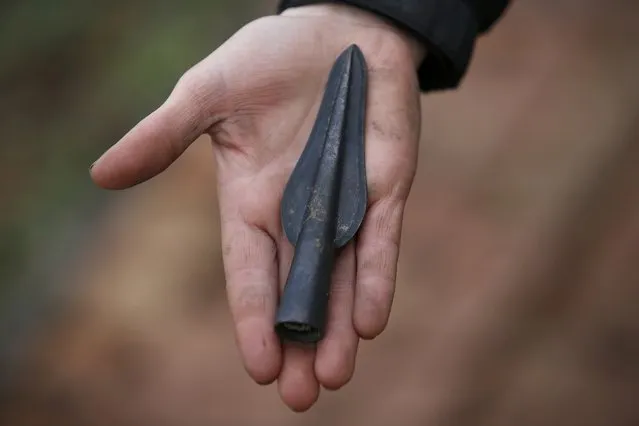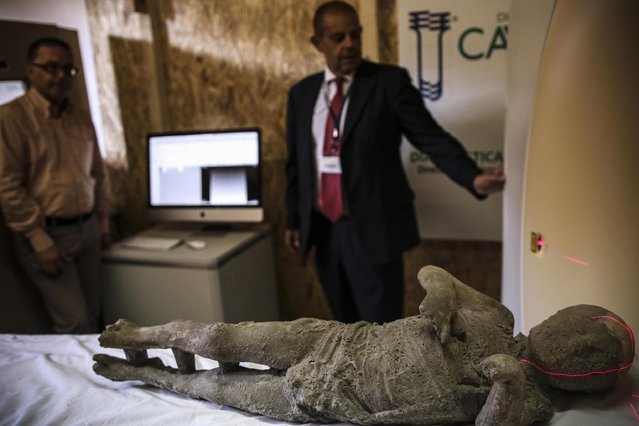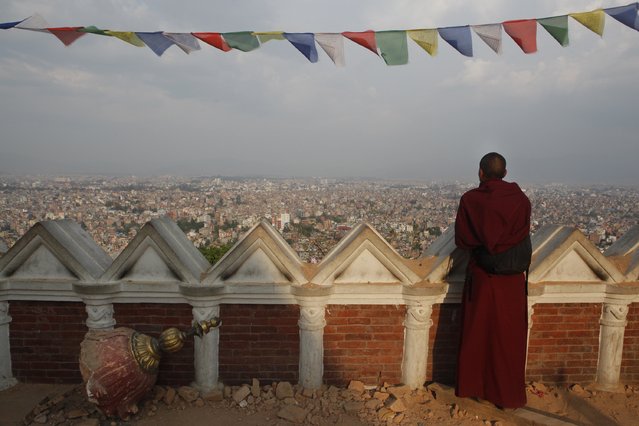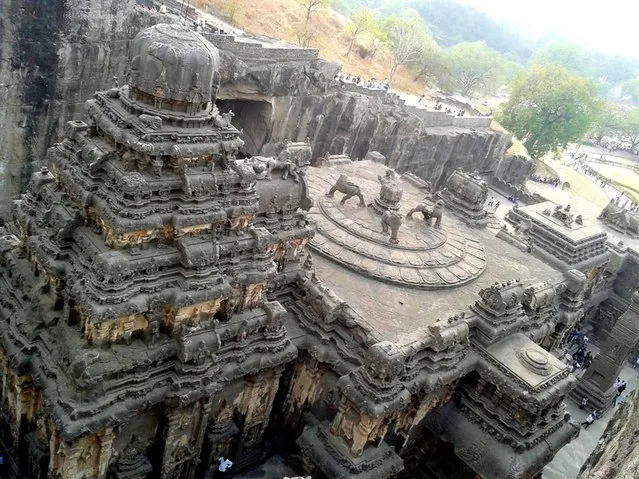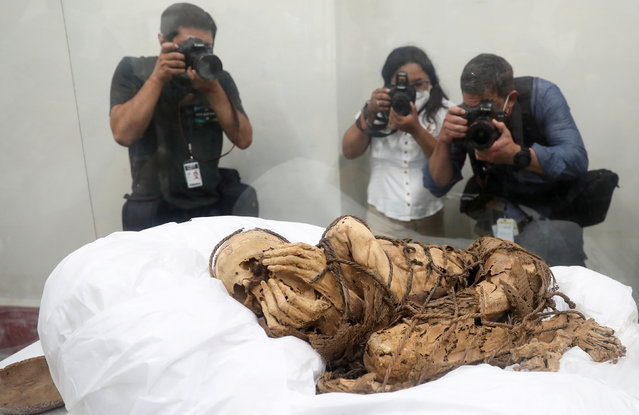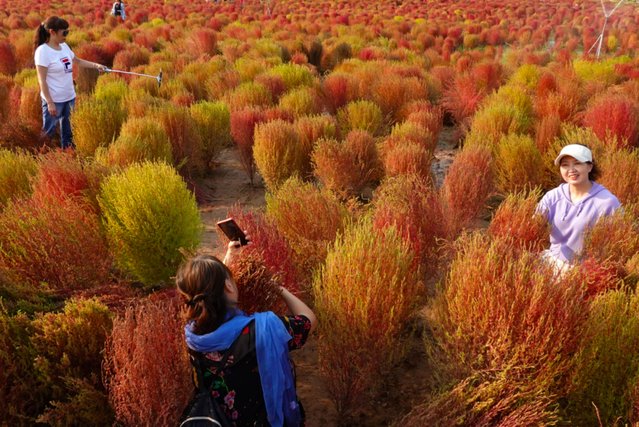
A tourist takes photos among fireweed, or kochia scoparia, at an archaeological site park on September 13, 2022 in Xi'an, Shaanxi Province of China. (Photo by Zhang Yuan/China News Service via Getty Images)
20 Sep 2022 04:54:00,post received
0 comments


